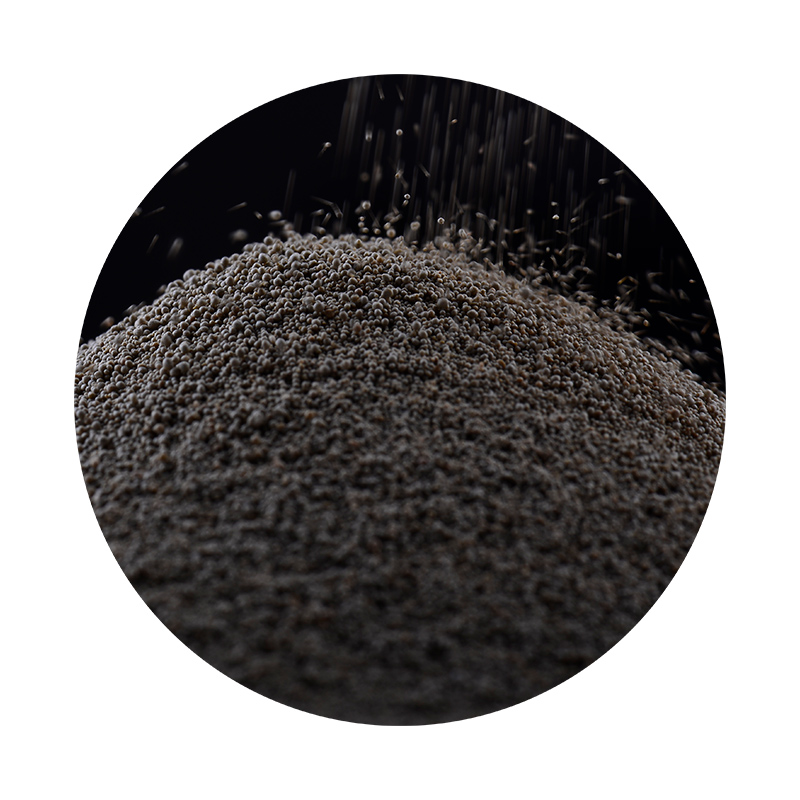How to Sand a 3D Print A Comprehensive Guide
3D printing has revolutionized the way we create objects, allowing for intricate designs and customized items. However, one of the challenges many makers face is achieving a smooth finish on their prints. While 3D prints can come out looking quite good right off the printer, they often feature layer lines and rough surfaces that can detract from the overall aesthetic. Fortunately, sanding is a technique that can enhance the look and feel of your 3D prints, giving them a more professional appearance. In this article, we will guide you through the process of sanding your 3D prints, ensuring you achieve the best possible results.
Understanding the Material
Before you start sanding, it’s essential to consider the type of filament you used for your print. Common materials such as PLA, ABS, and PETG have different properties that can affect the sanding process
- PLA (Polylactic Acid) This material is relatively easy to work with. It sands well and can achieve a smooth finish. However, it can be brittle, so apply gentle pressure while sanding.
- ABS (Acrylonitrile Butadiene Styrene) ABS is known for its durability and flexibility, but it has a tendency to melt slightly when exposed to heat. This quality means you should be careful not to over-sand or use too coarse of sandpaper.
- PETG (Polyethylene Terephthalate Glycol) PETG is sturdier but might be more challenging to sand due to its elastic properties. It can be more forgiving than ABS regarding heat but will still require a gentle touch.
Tools and Materials Needed
To sand your 3D prints effectively, you will need the following tools and materials
1. Sandpaper Various grits are essential for a smooth finish. Start with a coarse grit (around 80-120) for initial sanding, then progress to medium (220-400) and finally fine (600 and above) grits for the final smoothness.
2. Sanding Sponge or Block These will give you better control and an even surface. Sanding sponges are particularly useful for curved areas.
how to sand a 3d print

3. Water Wet sanding can help minimize dust and improve the finish. It reduces the friction created during sanding, leading to a smoother surface without overheating the material.
4. Protective Gear Safety goggles and a dust mask are recommended to protect your eyes and lungs from fine particles.
The Sanding Process
1. Preparation Start by removing any support structures or rafts from your print using a hobby knife or pliers. Then inspect the entire object for any areas that might need special attention, such as layer inconsistencies or blemishes.
2. Initial Sanding Begin with your coarsest sandpaper. Focus on the areas with visible imperfections, applying only light pressure to avoid damaging the print. Sand in circular motions or along the direction of the layers, depending on the area's shape.
3. Progression Gradually change to higher grits of sandpaper as the surface starts to smooth out. It’s advisable to spend more time on lower grits, ensuring a well-prepared surface before moving on. Each change in grit should involve a light sanding until you are satisfied with the smoothness.
4. Wet Sanding (Optional) If you're looking to achieve an even finer finish, consider wet sanding. Dampen the sandpaper with water and continue sanding in the same manner. Wet sanding reduces dust and heat, producing an ultra-smooth surface.
5. Cleaning the Print After sanding, wipe down the print with a damp cloth to remove any dust or particles. Ensure it's completely dry before any further processing, like painting or applying a finish.
6. Finishing Touches If desired, you can apply a primer or paint to the print after sanding to enhance its appearance even further. This step is particularly beneficial for visible or decorative pieces.
Conclusion
Sanding a 3D print can elevate your project from a simple printed object to a finely crafted piece. By understanding the material, gathering the right tools, and following a systematic process, you can achieve a smooth, professional finish. Remember to take your time, be patient, and enjoy the journey of refining your 3D prints. With practice, sanding will become a valuable skill in your 3D printing toolkit, enhancing your creative endeavors and leaving you with prints you can truly be proud of. Happy sanding!
Post time:des. . 12, 2024 09:33
Next:resin with sand
